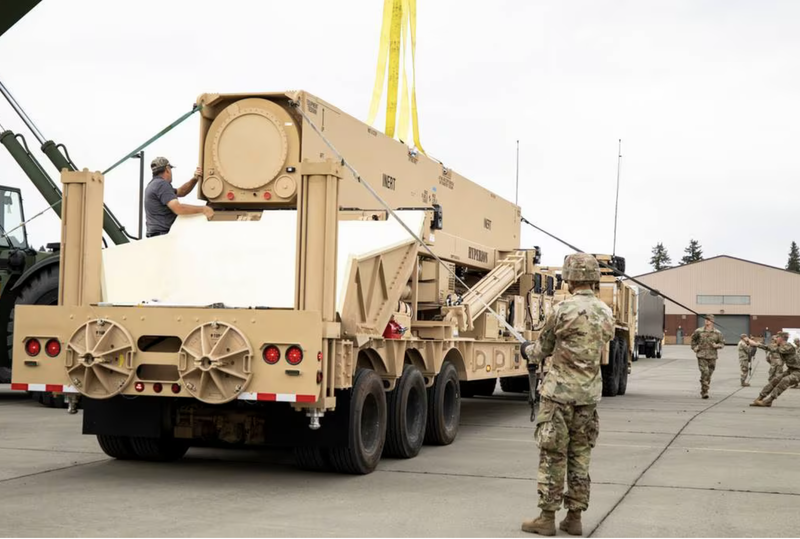The U.S. Navy's forthcoming hypersonic weapon test: A pivotal development in joint military technology
In an ambitious move to advance its military prowess, the U.S. Navy is set to conduct a crucial test of a hypersonic weapon this spring, an endeavor closely observed by the U.S. Army. This test represents a significant milestone in a joint development program aimed at enhancing the United States' hypersonic capabilities, a domain where speed and maneuverability redefine the paradigms of defense technology.

Collaborative efforts in hypersonic advancements
At the heart of this initiative is the Common-Hypersonic Glide Body (C-HGB), a sophisticated weapon system that embodies a fusion of cutting-edge technology, including a warhead, guidance system, cabling, and thermal protection shield. The upcoming Navy test will lay the groundwork for an Army evaluation scheduled for the summer, focusing on a ground-based launcher, marking a concerted effort to harness this groundbreaking technology across different military branches.
Hypersonic technology: A Game-Changer in modern warfare
Hypersonic weapons, capable of exceeding speeds of Mach 5, offer a strategic advantage that is hard to overstate. Their ability to traverse at extraordinary speeds while maneuvering across various altitudes presents a formidable challenge to existing defense mechanisms, making them a pivotal asset in modern warfare. The ongoing race to develop and deploy these weapons, particularly in light of similar efforts by global counterparts like China and Russia, underscores the critical nature of these tests.
The upcoming test: A closer look
The spring test by the Navy is designed to assess the missile's performance in isolation, utilizing a test stand that sidesteps conventional ground support equipment. This method provides a unique vantage point to observe the missile's operational stages, offering valuable insights into its functionality and reliability.
The broader implications
Should the Navy's test prove successful, it will signal a green light for the Army to proceed with assembling tactical rounds, propelling the program into a new phase of readiness and deployment. The Army's collaboration with industry partners like Leidos’ Dynetics and Lockheed Martin underscores the significant industrial and technological efforts required to bring this vision to fruition.
Overcoming challenges and setting new benchmarks
Despite encountering obstacles and delays, the persistence and adaptive strategies employed by the Army and Navy exemplify the relentless pursuit of innovation in defense technology. The program's accelerated timeline, juxtaposed against the typical duration of missile development, reflects a bold approach to overcoming the inherent challenges of pioneering new technological frontiers.
Conclusion: A steadfast journey towards enhanced defense capabilities
As the U.S. Navy prepares for this pivotal test, the implications extend far beyond the immediate technical outcomes. This endeavor is a testament to the strategic foresight and collaborative spirit underpinning the U.S. military's approach to maintaining its edge in an ever-evolving global defense landscape. With each successful step, the U.S. fortifies its position in a race where speed, precision, and innovation are the keys to securing a safer future.










